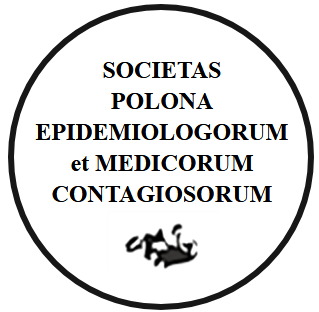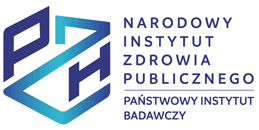REVIEW PAPER
Signal detection in pharmacovigilance: Methods, tools, and workflows from case identification to adverse drug reaction database entry
1
Department of Pharmacy Practice, Faculty of Pharmaceutical Sciences, Vignan Institute of Pharmaceutical Technology, Duvvada, AP, India
2
Department of Pharmaceutics, Faculty of Pharmaceutical Sciences, Chebrolu Hanumaiah Institute of Pharmaceutical Sciences, Guntur, AP, India
3
Department of Pharmacy Practice, Vignan Institute of Pharmaceutical Technology, Duvvada, AP, India
4
Department of Pharmaceutics, Faculty of Pharmaceutical Sciences, Vignan Institute of Pharmaceutical Technology, Duvvada, AP, India
Submission date: 2025-08-12
Final revision date: 2025-09-13
Acceptance date: 2025-10-03
Online publication date: 2025-10-16
Publication date: 2025-12-12
Corresponding author
Vinodkumar Mugada
Department of Pharmacy Practice, Faculty of Pharmaceutical Sciences, Vignan Institute of Pharmaceutical Technology, Duvvada, AP, Visakhapatnam, India
Department of Pharmacy Practice, Faculty of Pharmaceutical Sciences, Vignan Institute of Pharmaceutical Technology, Duvvada, AP, Visakhapatnam, India
Przegl Epidemiol 2025;79(3):404-414
KEYWORDS
patient safetypharmacovigilancemedication errorsadverse drug reactionscomputer assisted signal detection
TOPICS
ABSTRACT
Adverse drug reactions (ADRs) remain a major, yet largely preventable, global public health challenge, causing significant morbidity, mortality, and healthcare costs. This review synthesises evidence on the global burden, pharmacovigilance systems, and prevention strategies for ADRs, integrating data from multiple regions, healthcare settings, and drug classes. Epidemiological findings reveal wide variability in incidence and mortality, with older adults, low-resource settings, and exposure to high-risk medicines—such as antibiotics, antiretrovirals, and cardiovascular agents—representing key vulnerabilities. Despite advances in surveillance, underreporting, data quality issues, and methodological biases persist, particularly in low- and middle-income countries. Comparative analyses of pharmacovigilance platforms, including World Health Organization’s (WHO’s) VigiBase, EudraVigilance, and EU-ADR, highlight complementary strengths and the value of integrating spontaneous reporting with electronic health record analytics. Emerging statistical methods, including machine learning and federated analytics, offer improved signal detection timeliness and precision. Prevention strategies span prescriber-level, system-level, and patient engagement interventions. These include clinical decision support systems, pharmacogenomic-guided therapy, deprescribing protocols, mobile reporting applications, and wearable biosensors. Evidence shows that active surveillance and automated alerts outperform voluntary reporting, while digital tools can enhance detection and risk communication. However, implementation remains uneven due to infrastructure, workforce, and policy gaps. Looking forward, achieving the World Health Organization’s goal of halving severe medication-related harm by 2030 will require embedding ADR surveillance and prevention into universal health coverage frameworks. Policy priorities include mandating interoperable safety systems, harmonising international safety indicators, investing in capacity building for resource-limited settings, and aligning incentives with safer prescribing. Coordinated global action can bridge surveillance gaps, strengthen prevention, and build resilient, equitable pharmacovigilance systems, advancing both patient safety and sustainable health systems worldwide.
We process personal data collected when visiting the website. The function of obtaining information about users and their behavior is carried out by voluntarily entered information in forms and saving cookies in end devices. Data, including cookies, are used to provide services, improve the user experience and to analyze the traffic in accordance with the Privacy policy. Data are also collected and processed by Google Analytics tool (more).
You can change cookies settings in your browser. Restricted use of cookies in the browser configuration may affect some functionalities of the website.
You can change cookies settings in your browser. Restricted use of cookies in the browser configuration may affect some functionalities of the website.




